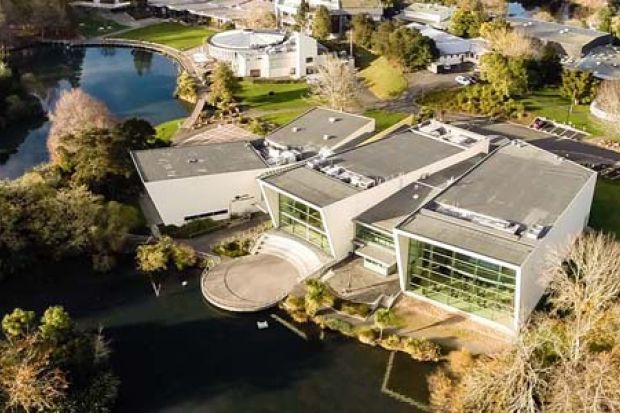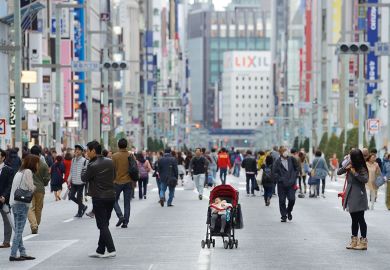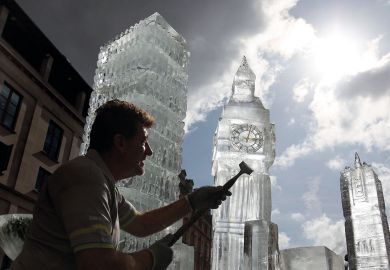New Zealand’s higher education watchdog has raised concerns over a proposed medical school at the University of Waikato, warning that the institution is already struggling with a maintenance backlog.
The Tertiary Education Commission (TEC) questioned the university’s capacity to contribute its NZ$100 million (£47 million) share of the medical school’s establishment costs amid other pressing capital works. It said facilities at Waikato and some other universities risked becoming unusable because of “seismic or compliance issues” or because they no longer met students’ expectations.
Cost increases and revenue downturns had denied universities the cash flow to fund this work, requiring them to borrow. Universities including Waikato, which is rated “medium risk” by the TEC, could struggle to repay these debts.
“They do not have the base level of performance required to deliver their capital programmes, especially given ongoing construction price inflation,” the TEC said, in a confidential report to tertiary education minister Penny Simmonds. “[They] need to improve underlying performance to support…their forecast levels of debt.”
The report said the sector would need to make “difficult decisions around what projects to prioritise”. It said the Waikato medical school remained a “significant unknown”.
A Waikato spokeswoman said the TEC report had assessed universities’ financial performance at a time of “significant impact” from Covid-19. She said Waikato had “continued to invest in physical and system infrastructure during this period”, albeit more slowly than had been anticipated.
The Waikato proposal is fiercely opposed by the deans of the existing medical schools at the universities of Auckland and Otago. They commissioned a report from PriceWaterhouseCoopers, which found that medical education could be increased more efficiently by boosting capacity at the incumbent schools.
This would require only “minor” capital expenditure by the pair, which already offered a “diverse range of entry pathways” and “extensive coverage across New Zealand” – including in Waikato’s hub of Hamilton, where Auckland has a clinical campus.
The consultants warned that Waikato may struggle to obtain accreditation, recruit staff and commence medical classes as planned in 2027. They said admissions across Auckland and Otago could be increased by 100 next year and a further 200 in the ensuing years.
Waikato said it had not been approached for input from the consultants. Its school would graduate an additional 220 doctors by 2030, according to the National Party, which committed to the project before winning last year’s election.
But under National’s coalition agreement, the school cannot be funded before a “full cost-benefit analysis” has been considered.
The government’s current “action plan” requires it to decide on the project’s business case, including the cost-benefit analysis, by the end of September. However, the analysis will reportedly not be finalised until early next year.
In April, Waikato began demolishing a vacant building on a site tipped to house the medical school. In May, it asked tenderers to register their interest in building the school, but cancelled the tender on government advice. “We will re-engage with interested parties when we can provide clarity on the project’s timeline and details,” it said.




